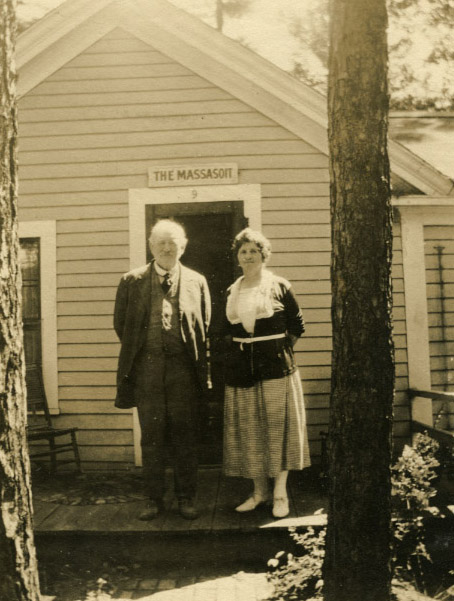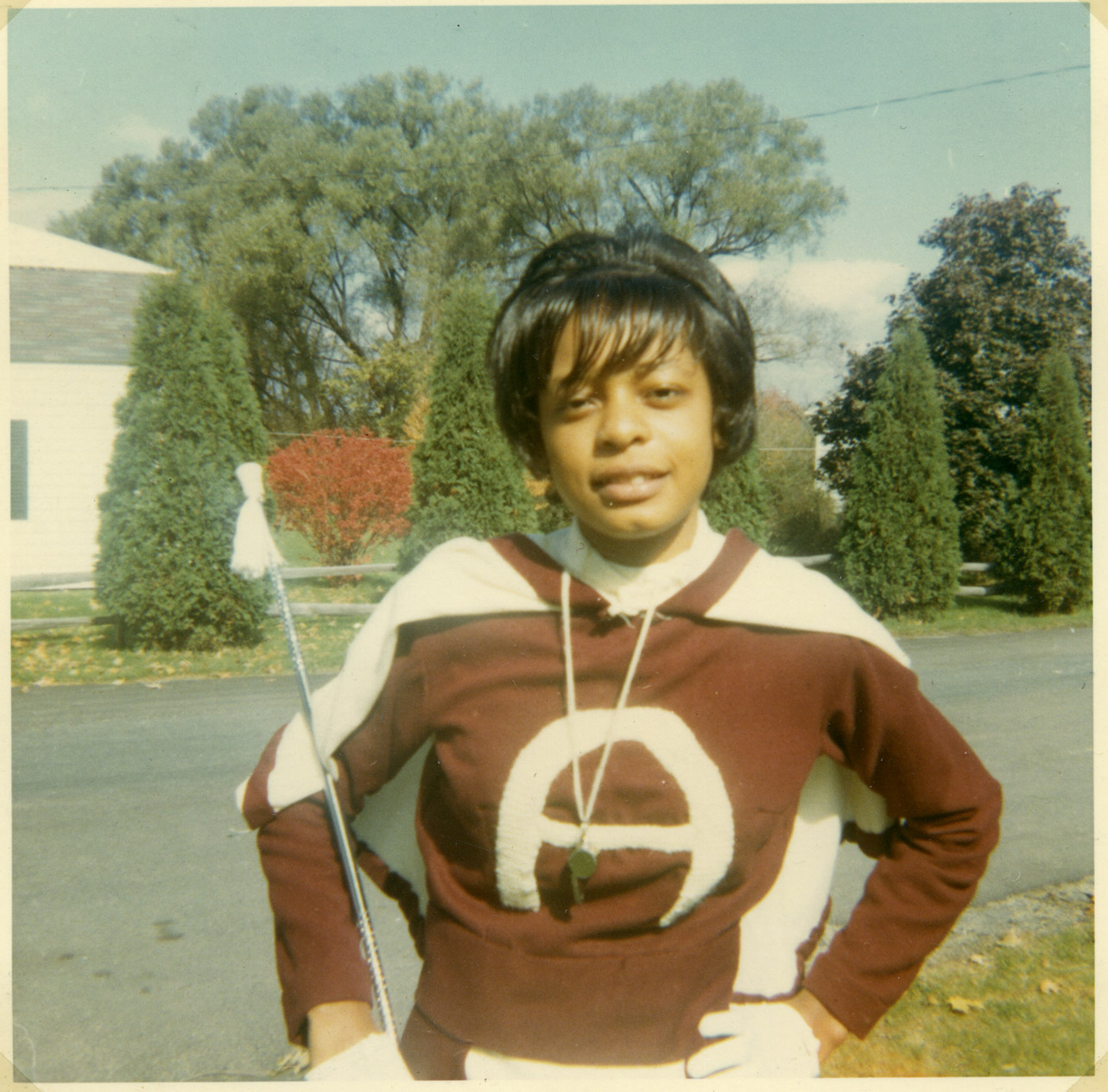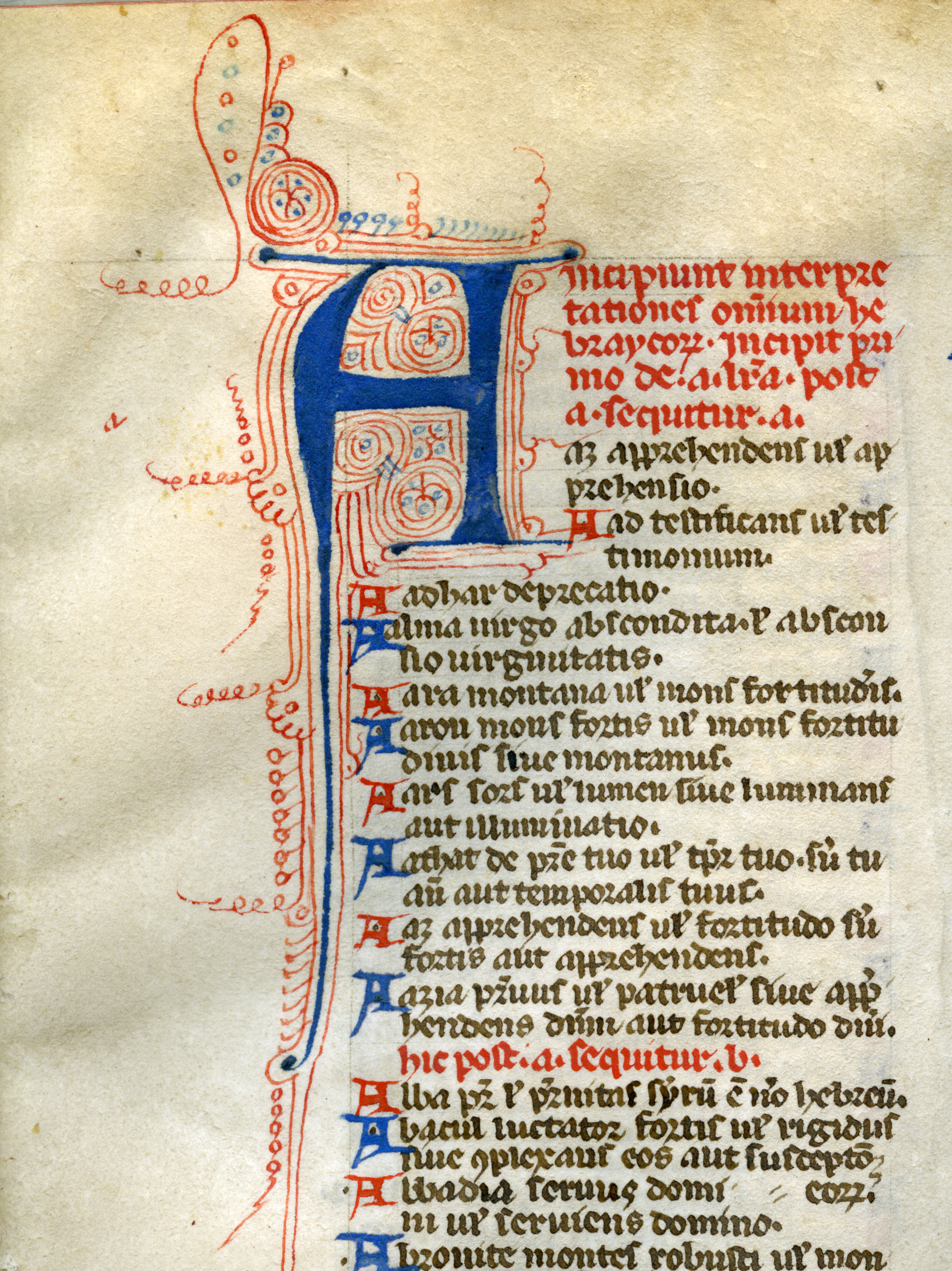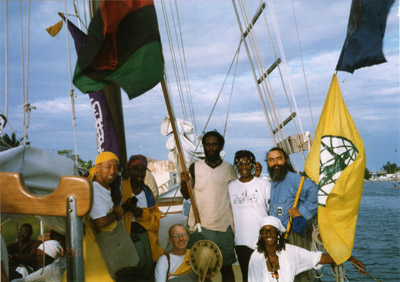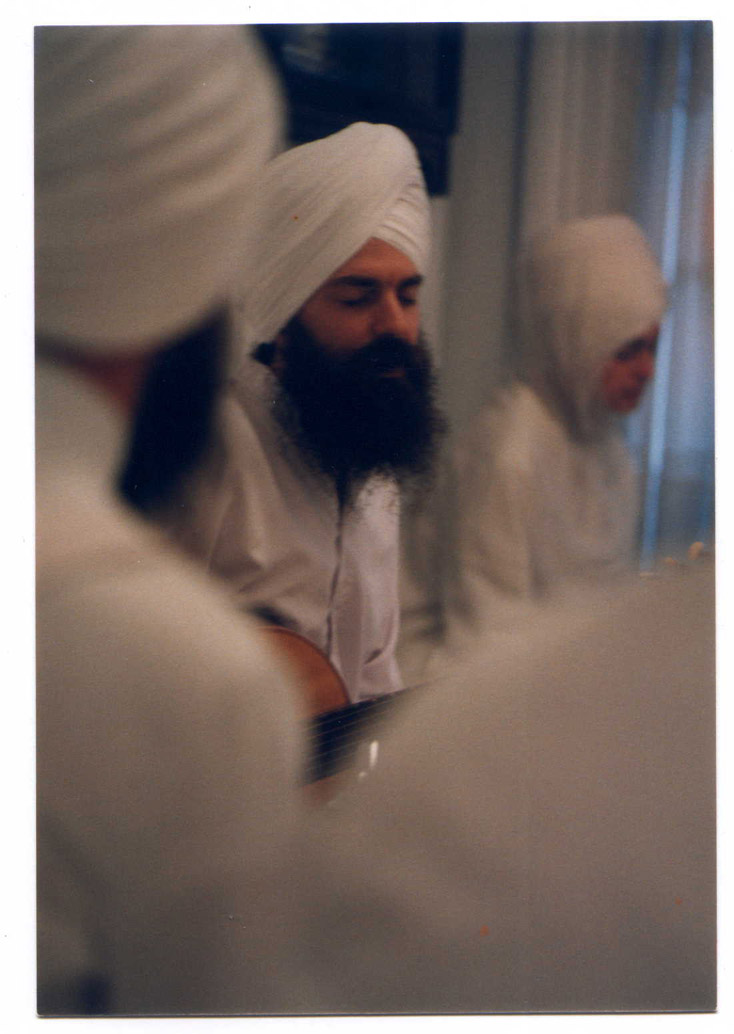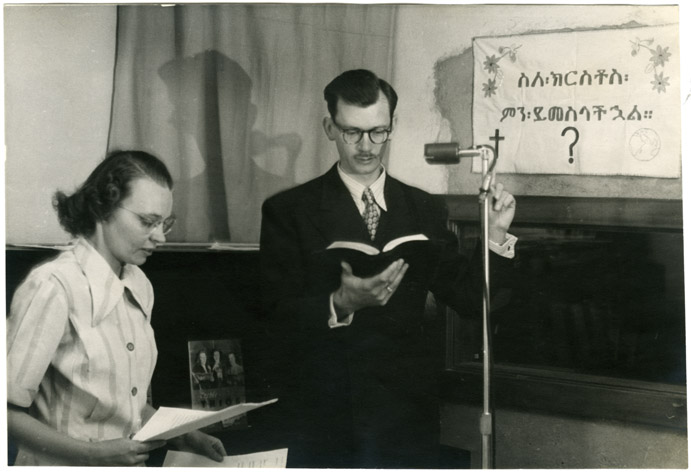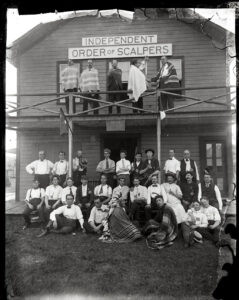Rufus Jones: A Luminous Life Collection
2000-2002
2 boxes 1.75 linear feet
Call no.: MS 1181
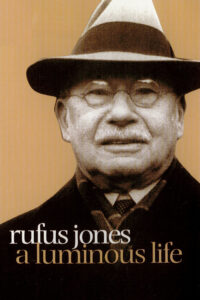 Rufus Jones: A Luminous Life documentary
Rufus Jones: A Luminous Life documentary
The 2001 documentary Rufus Jones: A Luminous Life was produced by members of Wellesley Friends Meeting in Massachusetts. Documentary film maker Sharon Mullally recorded interviews with people who knew Jones as a colleague, teacher, or mentor, and with Quaker scholars about placing Jones’s life and legacy into context. Mullally and Barbara Attie served as Producers and Directors, and Frederic G. Corneel served as Executive Producer of the 40-minute documentary. A 28-minute broadcast version aired on PBS in 2002.
Rufus Matthew Jones (1863-1948) was a Quaker leader, mystic, philosopher, and activist, born in Maine. One of the most influential Quakers of the 20th century, Jones was widely published; helped found the American Friends Service Committee; was a world traveler, lecturer, and learner; helped instigate the Quäkerspeisung feeding program after World War I; and worked to heal the divide between two branches of American Quakerism that split in the mid-19th century. Jones attended the Providence Friends School in Rhode Island and Haverford College in Pennsylvania, and having obtained an MA from Harvard, returned to Haverford as a professor of Psychology and Philosophy.
The Rufus Jones: A Luminous Life Collection consists of the raw, edited, and final versions of the materials used to create the documentary, Rufus Jones: A Luminous Life. It contains videotaped interviews with people who knew Jones as well as Quaker scholars, archival film footage and archival audio of Jones and the places he lived and worked, as well as several copies of the completed documentary. Formats include Betacam SP, DVCAM, and DVD.
Gift of Sharon Mullally, January 2023.
Subjects
American Friends Service CommitteeJones, Rufus M. (Rufus Matthew), 1863-1948QuakersSociety of FriendsTypes of material
Betacam-SPVideo recordings (physical artifacts)


